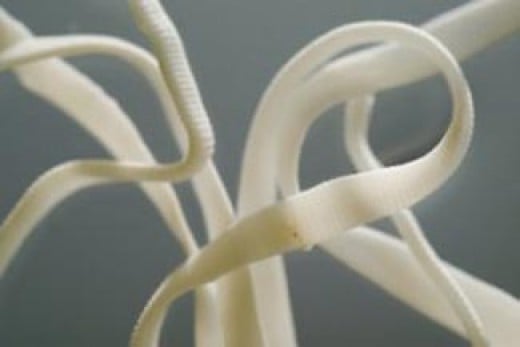


This fits with Darren’s description and his veterinarian’s assumption that Robo had tapeworms. These appear as tiny, whitish, wormlike creatures that can wiggle and crawl in an undulating fashion. These adults mate and produce small segments that break off the adult worm and are passed in the stool. This starts the development process in the dog’s intestinal tract, which culminates in a population of adult tapeworms. When a dog bites at a flea, it can take in the tapeworm eggs by mouth and swallow them.

The more common type in dogs is carried on the flea. Tapeworms are intestinal parasitic worms that occur in several species of animals. There would not have been enough time for a new population of tapeworms to develop inside Robo in the week after the first treatment. If Robo had tapeworms, I would expect the initial treatment to have worked. I believe these wormlike creatures are not worms, but the insect larvae of flies. Well, Darren wants to know what the heck is going on!ĭarren needs to harvest stool samples containing the worms and have them examined by Robo’s veterinarian. His skepticism was rewarded as the ugly little beasts reappeared within the next week after the second treatment. Darren also began to scrutinize every stool Robo produced. This time, he also treated Robo for fleas, as tapeworms are often associated with fleas. That was wishful thinking about a week later, they were back on Robo’s stools.ĭarren again treated Robo for tapeworms. Darren followed the protocol and assumed the creepy little creatures were history. The dosage required several pills to be taken all at once by Robo. He finished cleaning up and then called the veterinarian.ĭarren said Robo was prescribed medication to treat tapeworms. Darren was picking up his dog Robo’s waste and noticed white, wormlike creatures crawling in and on several of the stool piles.


 0 kommentar(er)
0 kommentar(er)
